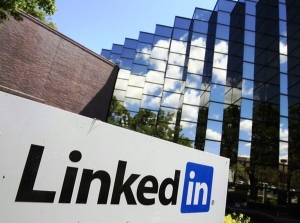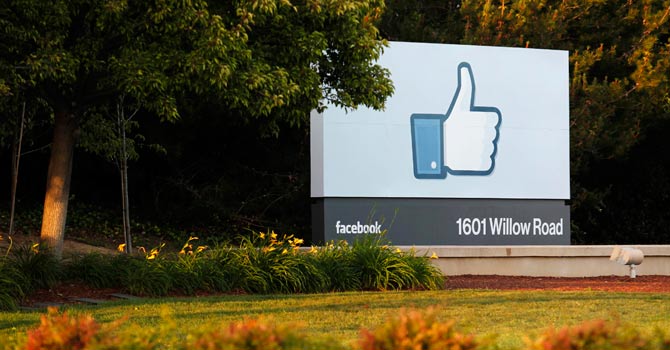Anyone that says desktop display advertising is dying is sadly mistaken. It may seem like a pretty ridiculous statement to make, but there have been countless professionals that have said display advertising will undoubtedly be taken over completely by things like social marketing and mobile display. Although they have not been the talk of the headlines lately, desktop display advertising is still proving quite successful for marketers. By the end of 2012, it was easy to see that display marketing has surely hit some bumps in its long road, but is still moving along. In an article by Online Media Daily, we can see proof of the state of home page display marketing as the year came to an end.
The article, detailing data from the latest report by Macquarie Securities, a large research team, shows that at the end of 2012, desktop home page display was not in a perfect state compared to the prior quarter and the fourth quarter of 2011. For example, 56% of home page display ads in Q4 of 2012 were oversized units, while only 45% were in Q3 and 43% were in Q4 of the prior year. This shows a struggle in home page display ad health, as these larger ad units often require higher CPMs than the average ad unit.
Also, it appears that there has been a significant increase in home page ads that are brand-focused alone, instead of the direct-response ads that have been popular in the past. The research shows that 67% of ads were brand-focused in Q4 of 2012, which has increased from 58% in the prior quarter and 59% the year prior. Most of these brand-focused ads came from media and financial service verticals, coming in with 18% and 14% of home page display ads.
Below are some more important highlights from the company’s research:
- YouTube stays the leader in home page ads with its large home page ad unit seeing maximum use 91% of the days in Q4.
- It appears that diversity is up in home page advertising; Media fell to 37% of all home page ads and the holiday season brought in more activity from verticals such as consumer electronics and automotive.
Proof of this improvement in home page display advertising also comes from companies like Yahoo and Amazon. Yahoo’s use of oversized ad units increased 10% from quarter to quarter, and brand focused ads increased by 11%. For Amazon, things were even more significant. Amazon’s use of oversized homepage ad units increased from 1% to 17% of all home page ads. Also, just over half (55%) of the company’s ads were a combination of direct-response ads and brand-focused ads.
All of this evidence points to many things, one of them being that display advertising still has plenty of room for growth, regardless of newer, flashier advertising techniques. Home page display advertising is still very popular, and for many marketers it is still extremely useful. The increased growth and diversity in the last quarter of 2012 is all good news for display marketers who are still looking to home page display advertising as a viable marketing source.













